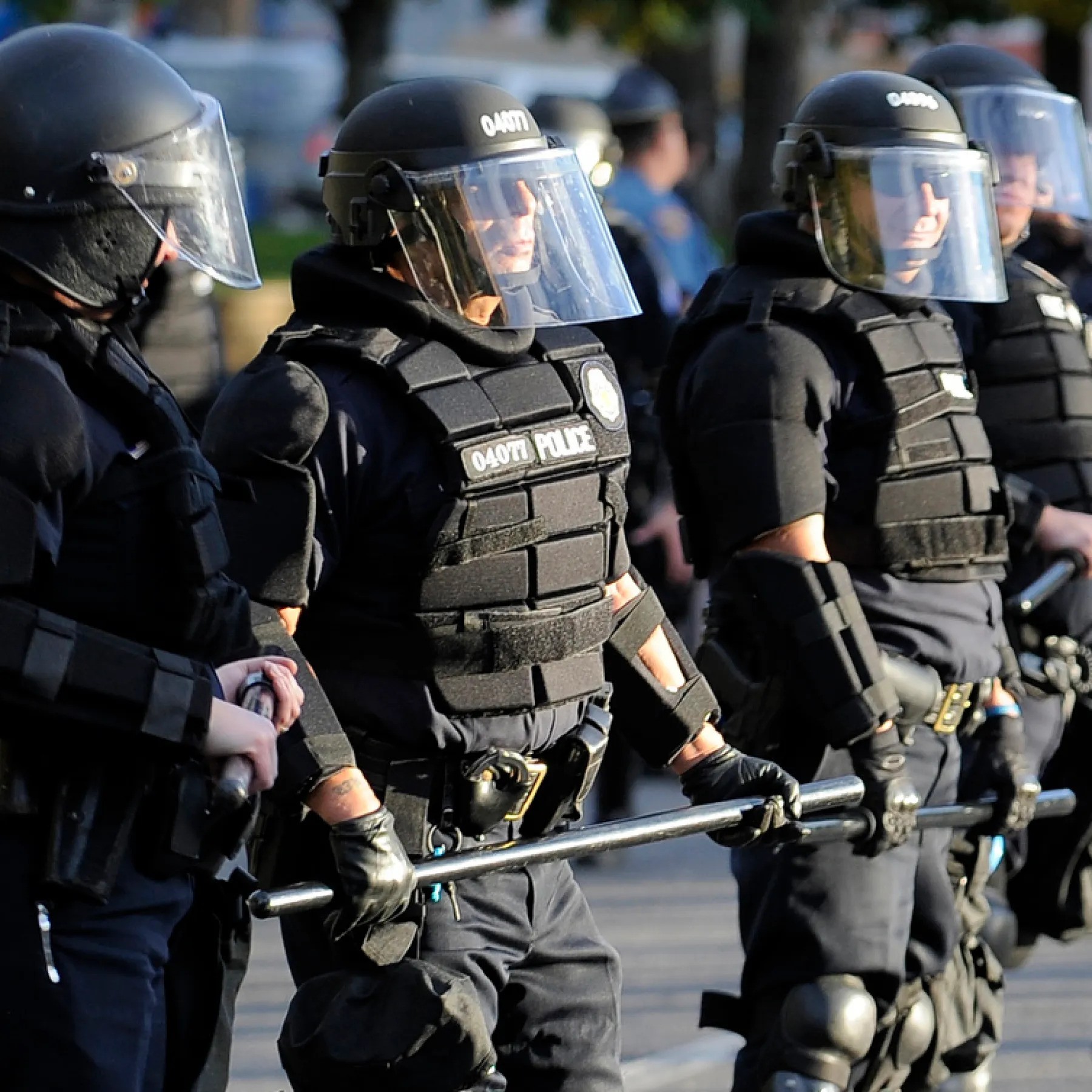When danger strikes, protection matters most. Riot armor is built to defend officers and security teams in the toughest moments. Whether it’s during a protest, riot, or high-risk operation, riot armor can mean the difference between safety and serious injury.
What Is Riot Armor?
Riot armor is a special type of body armors. It’s made to protect against blunt force, sharp objects, and dangerous projectiles. This includes bricks, bottles, batons, and more. It often covers the full body arms, legs, chest, and back. Some sets also include gloves, helmets, and shields for complete coverage.
Why Riot Armor Is So Important
In critical situations, officers face many threats. Angry crowds, thrown objects, or sudden attacks can all happen quickly. Riot armors helps absorb impact and keep the wearer protected. Without this gear, even a simple injury can become life-threatening.
Here’s why riot armors matters:
- Stops injury from hard hits
- Protects against sharp weapons
- Guards sensitive areas like joints
- Gives confidence to act safely
Key Parts of Riot Armor
Each piece of riot armor is made for a reason. Together, they form a strong line of defense.
- Helmet: Protects the head and face from blows or flying items. Most come with a visor.
- Chest and Back Protector: Shields the body’s core from harm.
- Shoulder and Arm Guards: Keeps arms safe during close contact.
- Thigh and Shin Guards: Defends the legs from kicks or thrown objects.
- Gloves: Protects hands without losing grip or control.
Some armor sets also include fire-resistant fabric or padding for added safety.
Materials Used in Riot Armor
Most riot armors is made from tough but lightweight materials. These include:
- Polycarbonate: A hard plastic that’s impact-resistant.
- Kevlar: A strong fabric used to stop cuts and stabs.
- Foam Padding: Adds comfort and absorbs shock.
These materials work together to balance protection with mobility.
Situations Where Riot Armor Is Needed
Riot armor isn’t used every day, but in certain moments, it’s critical. These include:
- Public protests that turn violent
- Riots after sporting events or political unrest
- Crowd control during large events or emergencies
- Prison disturbances
- Searches in hostile areas
In all of these, the risk is real. Officers must be ready with gear that protects without slowing them down.
Choosing the Right Riot Armor
Not all riot armors is the same. Different jobs need different levels of protection. When choosing riot armor, here are key things to look for:
- Comfort and fit: The armor should not limit movement.
- Strong materials: It should handle impacts and sharp objects.
- Easy to wear: Quick to put on and take off.
- Durability: Made to last under tough conditions.
- Compatible gear: Should work with other tools like radios and shields.
Teams should test the armor before use. Training in full gear also helps officers move with confidence.
Riot Armor for Teams and Individuals
Some riot armors is sold as single pieces. Others come in full kits. Police, security, and military teams often buy in bulk. This way, every team member gets the same level of protection. Many suppliers also offer custom sizes or adjustments.
Keeping Riot Armor in Good Shape
Riot armor needs care. After each use:
- Clean it with mild soap and water
- Check for cracks or damage
- Store it in a cool, dry place
- Avoid folding or stacking heavy items on it
Well-kept armor lasts longer and protects better.
Final Thoughts
In high-stress, dangerous moments, safety gear saves lives. Riot armors is more than just protective clothing it’s a shield against chaos. From head to toe, each part of the armor helps officers do their job with less risk. When the pressure is on, reliable riot armors gives maximum protection where it’s needed most.



